Last week, the Carbon Trust, Defra and BSI British Standards joined forces to develop a standard method for measuring greenhouse gas emissions generated by food and drink production with a view to launching a standardised low-carbon label.
The news was welcomed by suppliers and retailers who fear the industry is facing a similar bunfight over rival schemes that has beset the nutrition labelling debate. Even Tesco, whose plans to develop its own carbon label potentially put it on a collision course with the Carbon Trust and its trial with Walkers, Innocent, and Boots, came out in support.
But how realistic is the plan to develop a carbon footprint label - standardised or not? And is there a danger that the focus on low-carbon may, like the Atkins diet, just be a passing fad?
In the past few months there have been a raft of low-carbon initiatives. The latest came from Asda, which this week confirmed the rollout of what Chris Brown, its head of ethical and sustainable sourcing, describes as the first "low-carbon egg". The eggs, sold under the Respectful brand and costing the same as Omega-3 eggs, are produced in chicken sheds powered by wind turbines and solar panels, and will cut a household's carbon expenditure by 0.2% compared with standard free-range eggs, claims Asda. The move follows Ben & Jerry's recently unveiled plans to go climate-neutral, M&S's £200m Plan A to become carbon-neutral within five years and Duchy Originals' pledge to label the greenhouse gas emissions on its packaging.
However, finding a label that suits everyone will not be easy. The first challenge is how to accurately and fairly measure a carbon footprint. How far do you go back in a product's lifecycle? If a product is fuel-intensive, do you need to measure the impact of the oil refinery, for instance? If it's transported by ship do you need to consider the emissions that went into the construction of that ship?
The greatest carbon impact from a bottle of beer is the bottle, points out Tara Garnett, director of the Food Climate Research Network. For frozen peas, it is the freezing process and for tea or coffee the boiling of a kettle.
Credible analysis will be key to success, says Euan Murray, strategy manager of the Carbon Trust, confirming the lifecycle assessment approach already used in some ISO standards could provide the starting point. "We need that solid underpinning," says Murray.
Another concern is the prohibitive cost of undertaking lifecycle analyses of products. A single analysis can cost up to £50,000 and, depending on the complexity of the product, can take months. "The cost and timeline of a lifecycle is not just prohibitive for SMEs but large companies too," says Ellen Gladders, climate change project manager at Tesco. "We sell 70,000 products. It would require an army of consultants to do it."
Tesco has identified 300 non-food lines that will be tagged as environmentally friendly and is in the early stages of developing a label for food and drink, health and beauty and fashion lines.
So is there consumer demand for carbon footprint information? In a report by Globescan, 64.4% of UK consumers said they wanted more information at point of sale about the effects of products on climate change.
But people might say they want the labels; their behaviour could tell a different story.
"We already know what a low-carbon meal looks like," says Rowland Hill, corporate social responsibility manager for M&S. "It's outdoor grown veg or salads; in recycled material; transported by road, rail or sea; and heated by microwave. I don't think there's going to be huge consumer demand for that over the current alternatives."
Whether the label should indicate a company's commitment to reducing the carbon output or simply that a product has a low, medium or high footprint, is another issue that remains up for debate.
Even if a standard measurement system and label can be agreed upon, and it's one that consumers understand, and feel will influence their shopping behaviour, there is the question of whether they can cope with yet another label.
"There's probably only one sustainability message you can put on one product and you have to make the choice of which one will be more meaningful to your customers," points out Hill. "You can't just put six messages on there and hope that the consumer makes the best of it." n
Respectful eggs p70







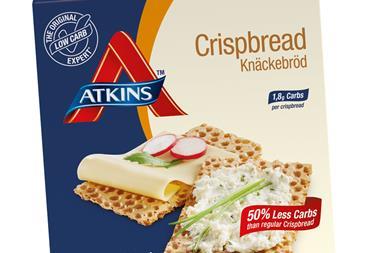

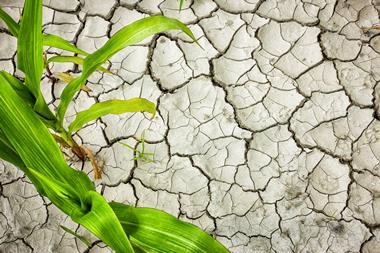
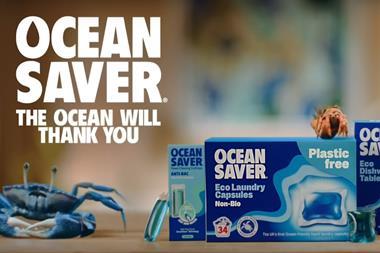



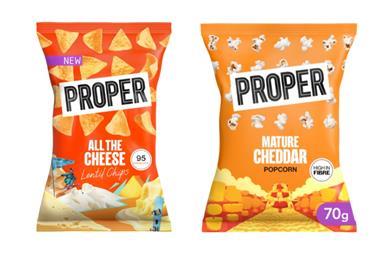

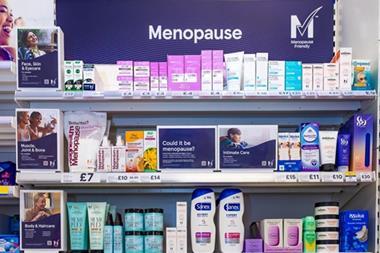

No comments yet